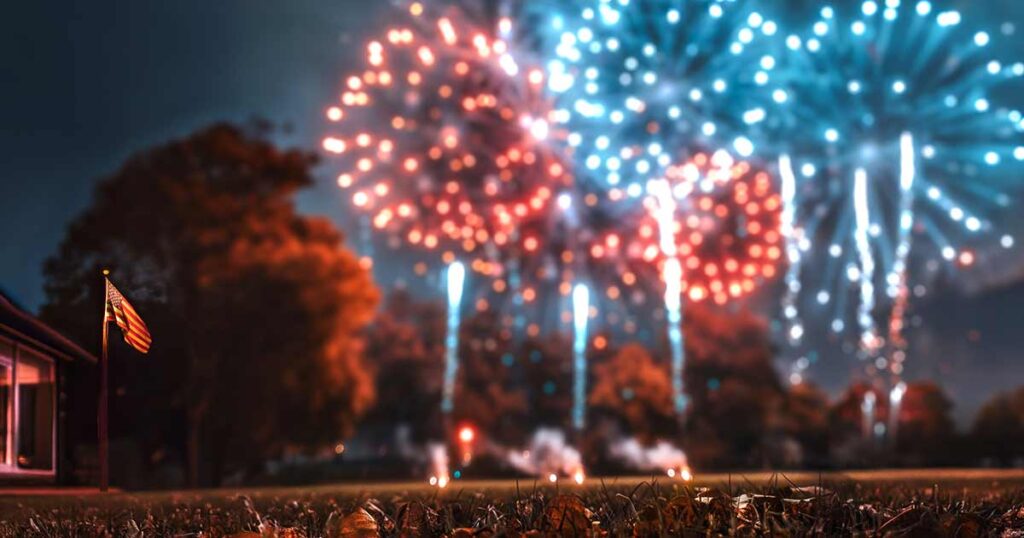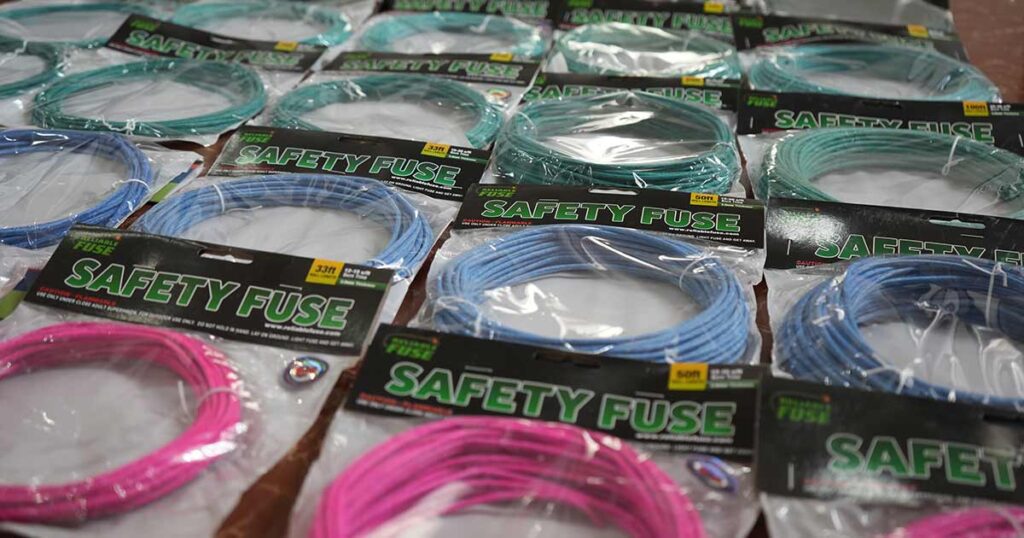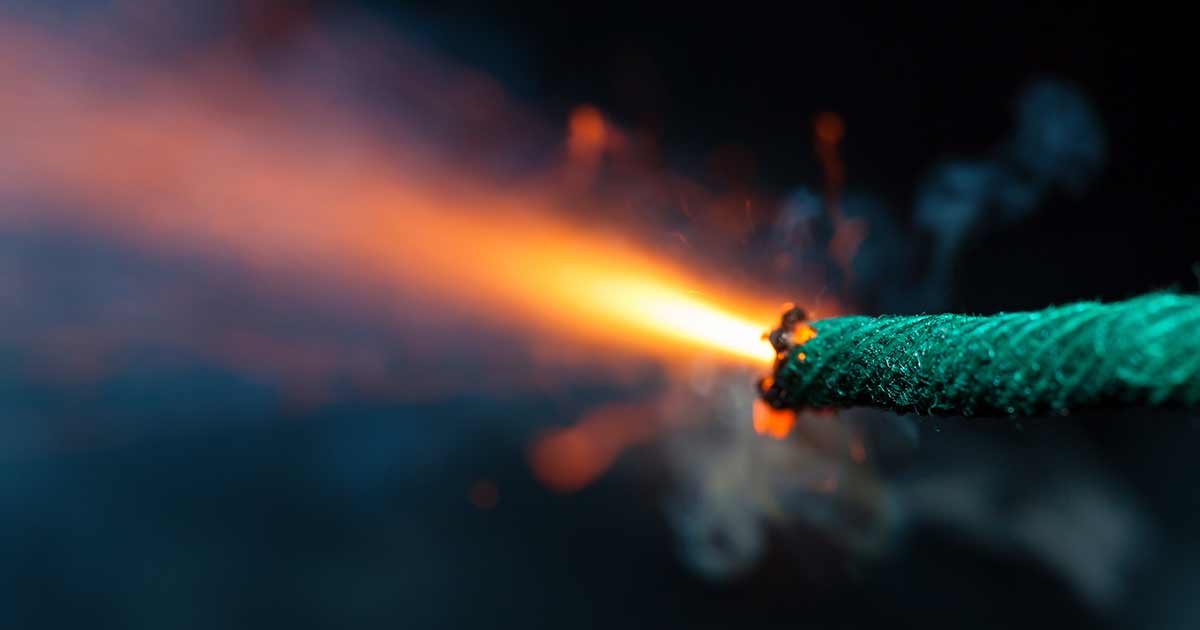The Basics: What Sets Them Apart?
At its core, the difference comes down to burn speed.
- Slow Fuse (Visco) burns at about 25–30 seconds per foot. It’s coated and consistent.
- Fast Fuse (Quick Match) burns almost instantly — just fractions of a second per foot.
This speed impacts everything from your safety buffer to the pacing of your show.

When to Use Slow Fuse
- You need time to walk away after lighting.
- You want to space out explosions in a DIY backyard show.
- You’re chaining together effects that need a delayed sequence.
- You’re testing or setting up with limited crew or lighting tools.
When to Use Fast Fuse
- You want multiple shells to launch in rapid sequence.
- You’re choreographing a display to music or precise beats.
- You need near-instant ignition between fireworks for dramatic effect.
- You’re using a central ignition system for a professional show.

Quick Comparison: Pros and Cons
Slow Fuse
- Pros: Safe, predictable, great for beginners
- Cons: Not ideal for choreographed or high-energy shows
Fast Fuse
- Pros: Instant ignition, great for professional displays
- Cons: Less room for error, not for casual users
Can You Combine Both?
Yes — and many display designers do. For example, you can use slow fuse to time the start of a show, then fast fuse to sync up a grand finale. Just be sure you plan your timing carefully and understand the burn rates.

Final Thought: Know Your Timing, Own Your Show
Timing is everything in fireworks. The more you know about your fuses, the more control you have over the magic. At Reliable Fuse, we manufacture both slow and fast options with precision, so you can focus on putting on a show to remember.
👉 Explore our fuse selection at our shop and get exactly what you need — when you need it.
